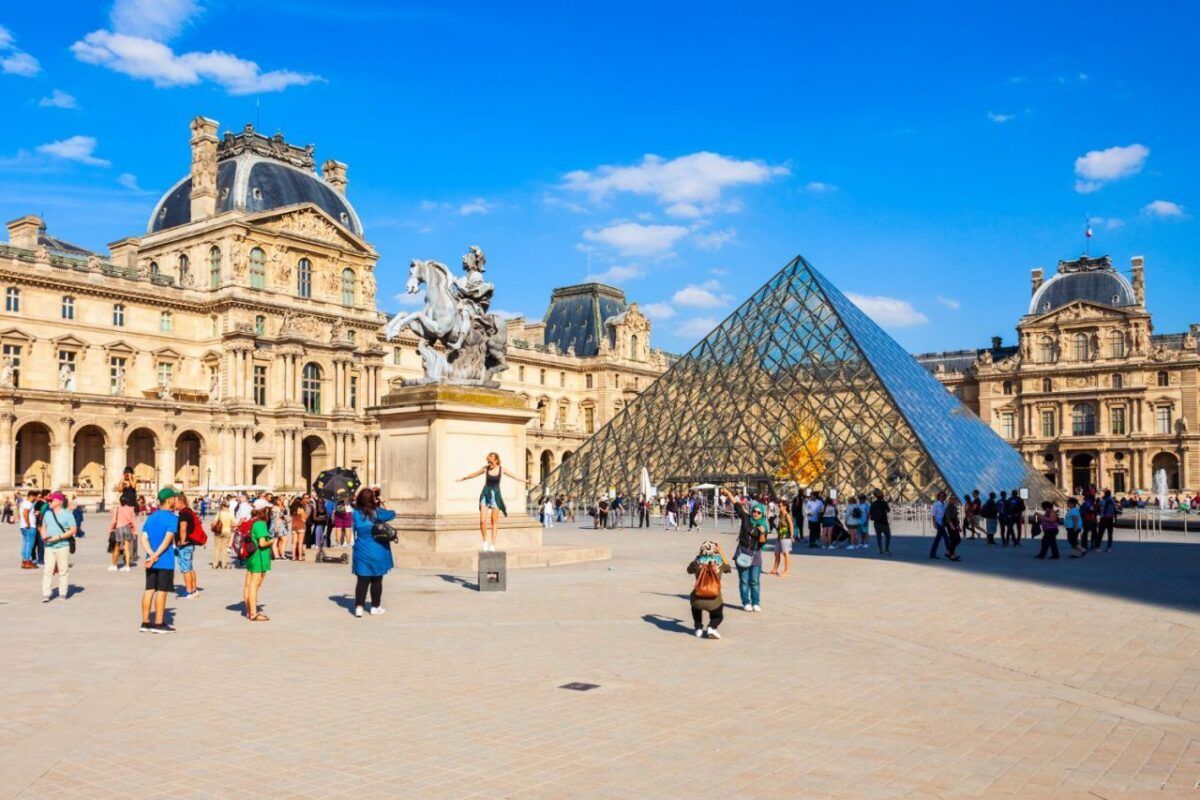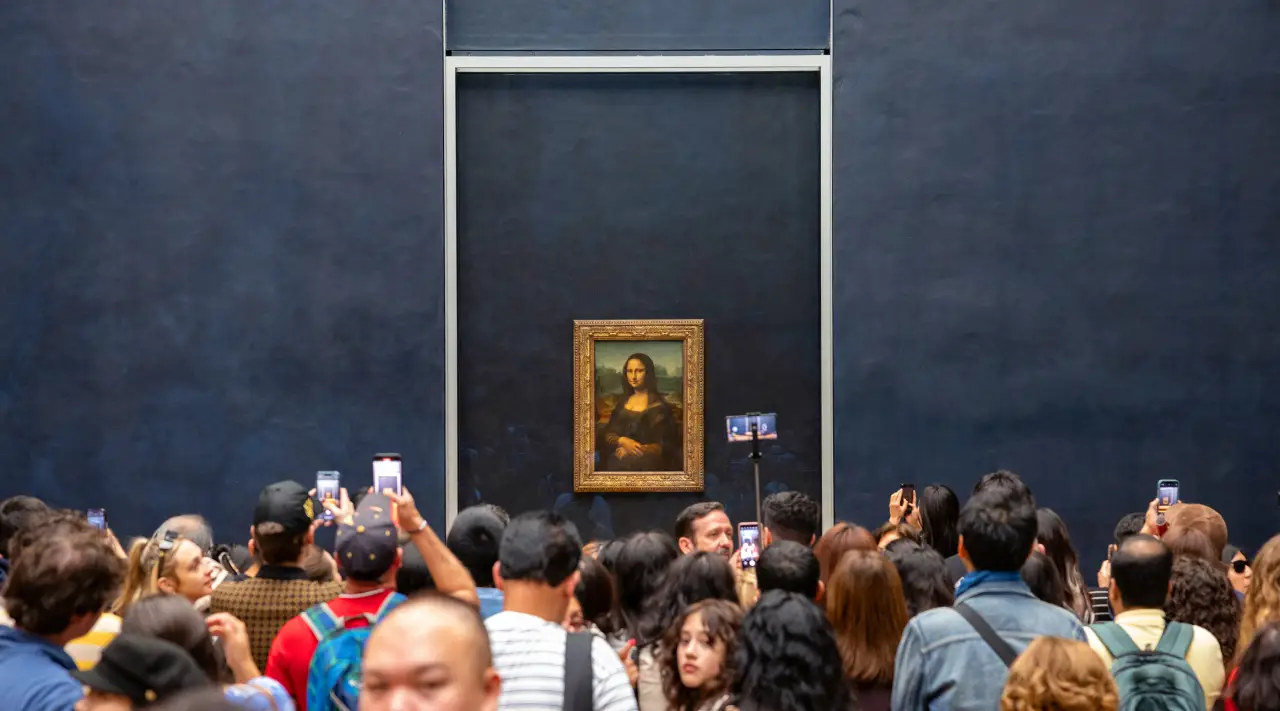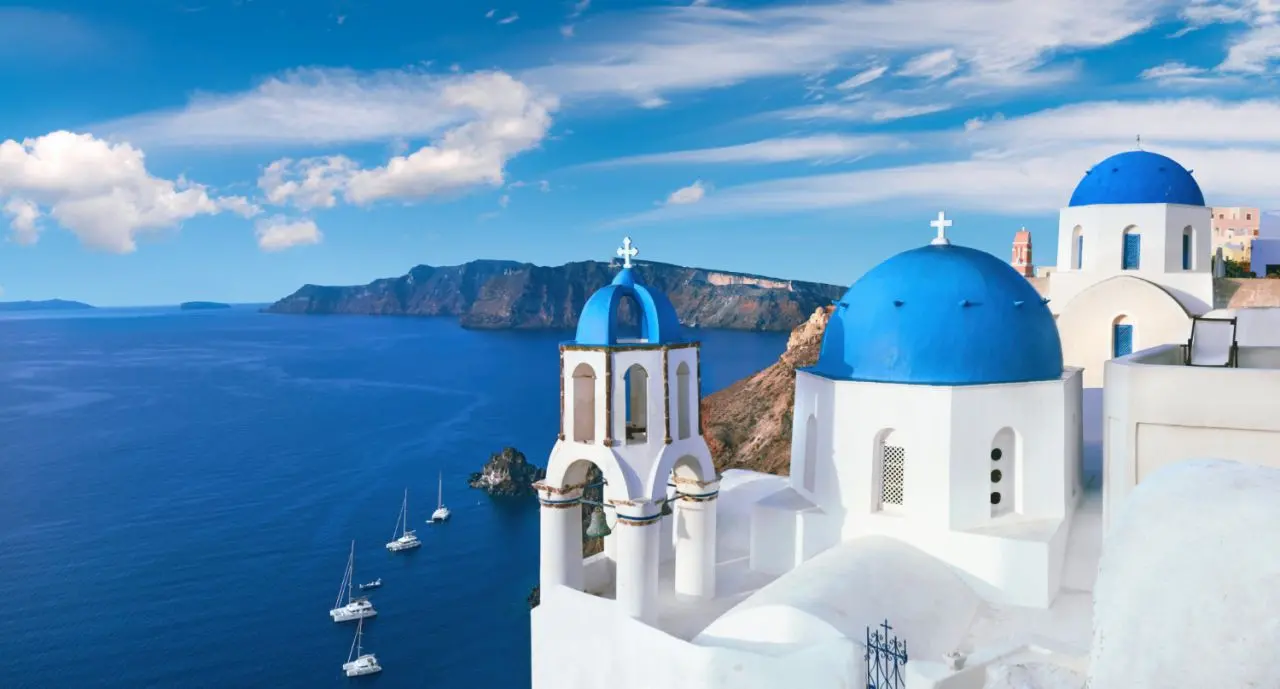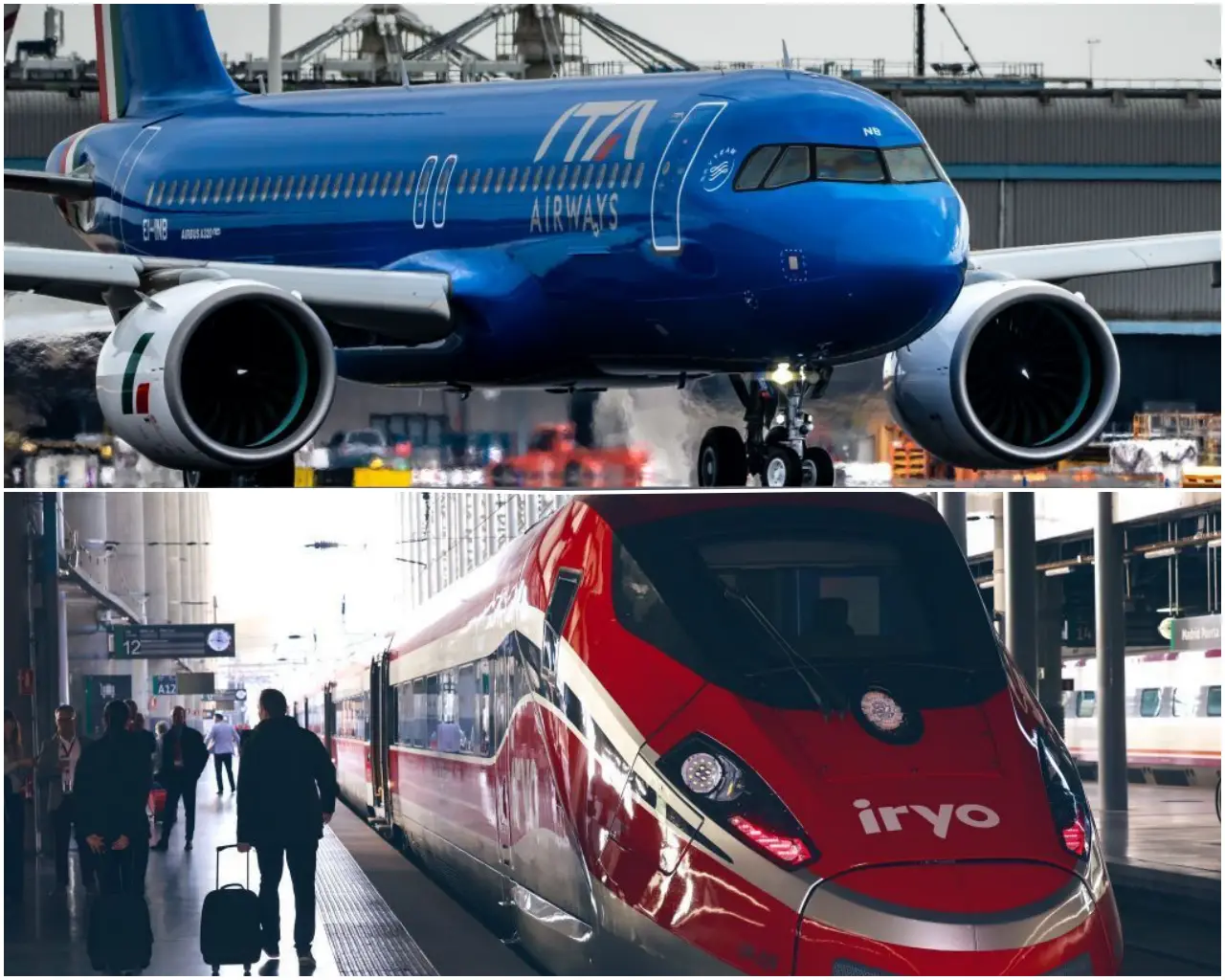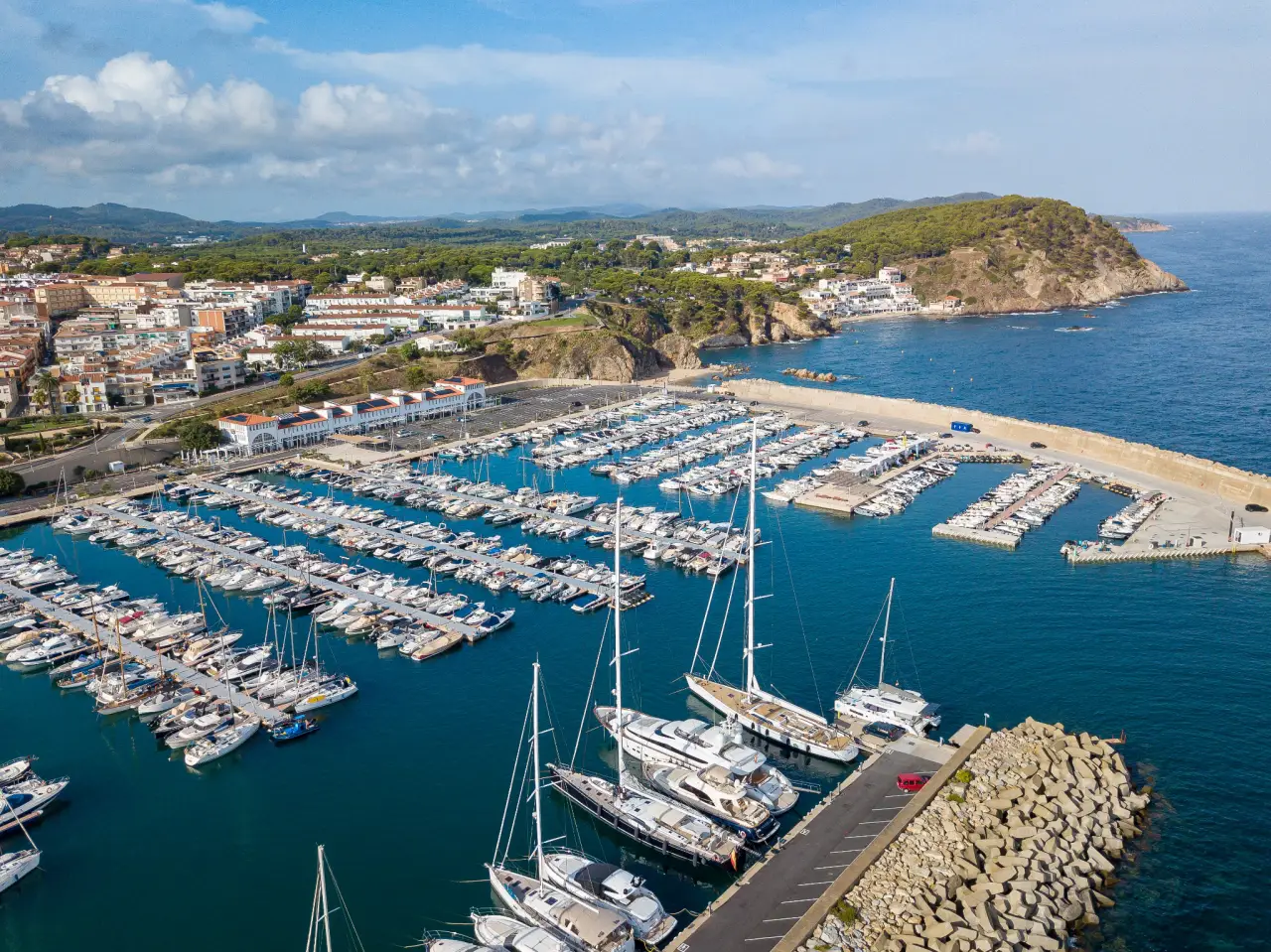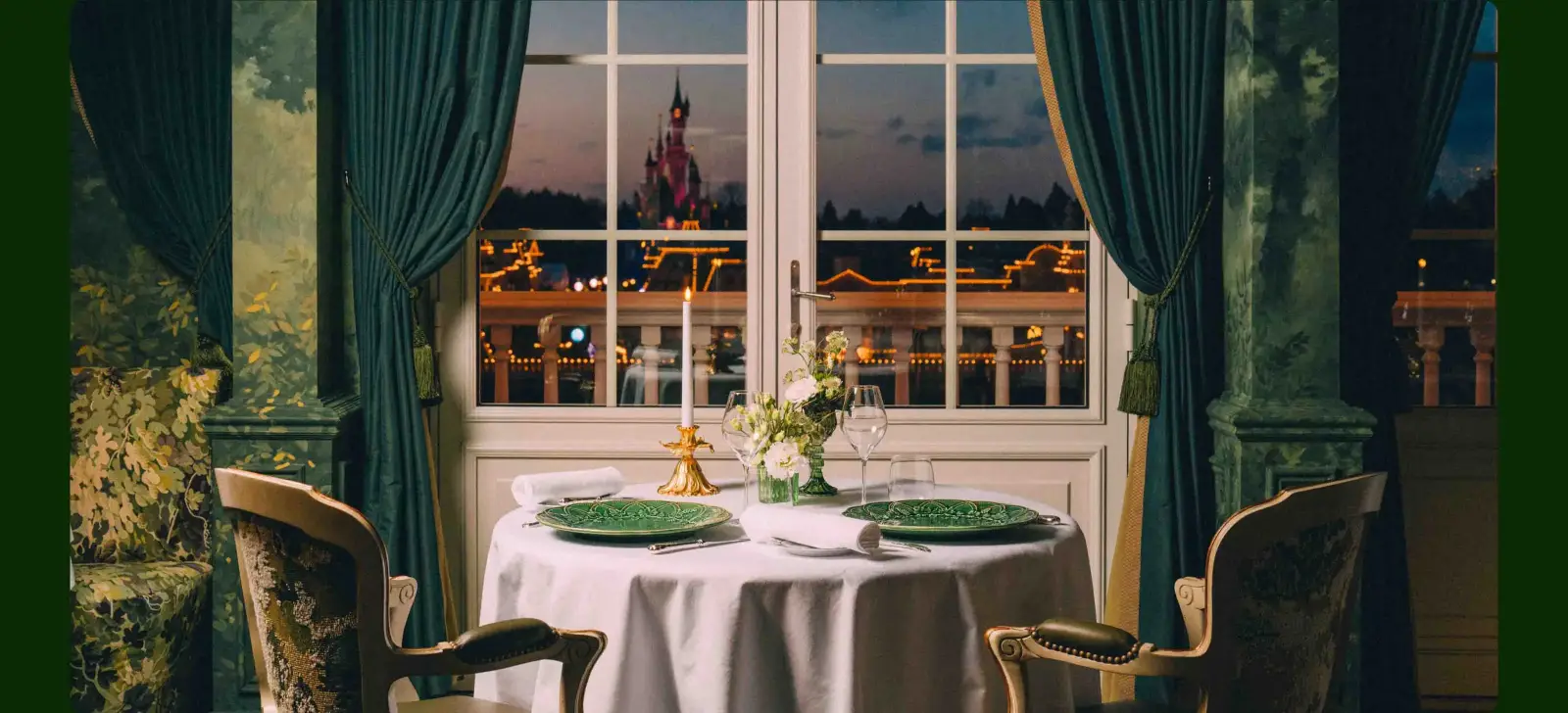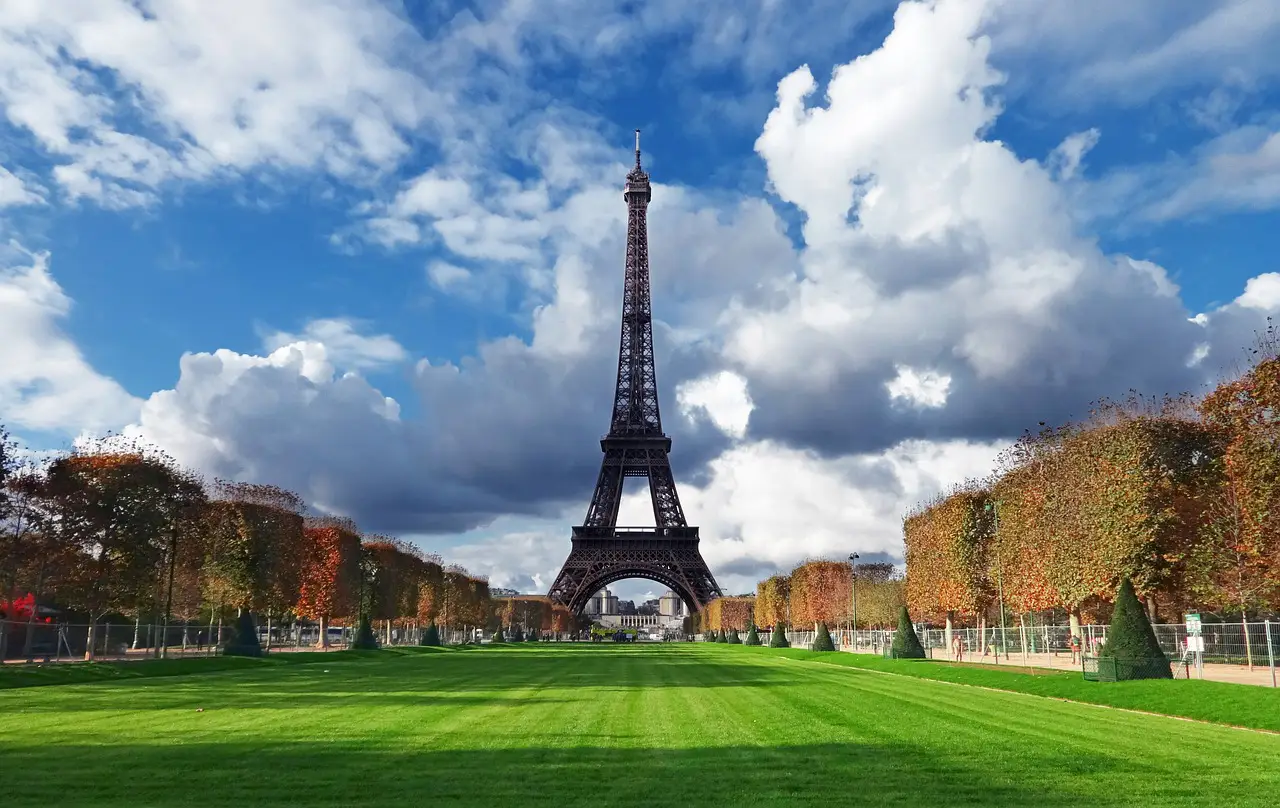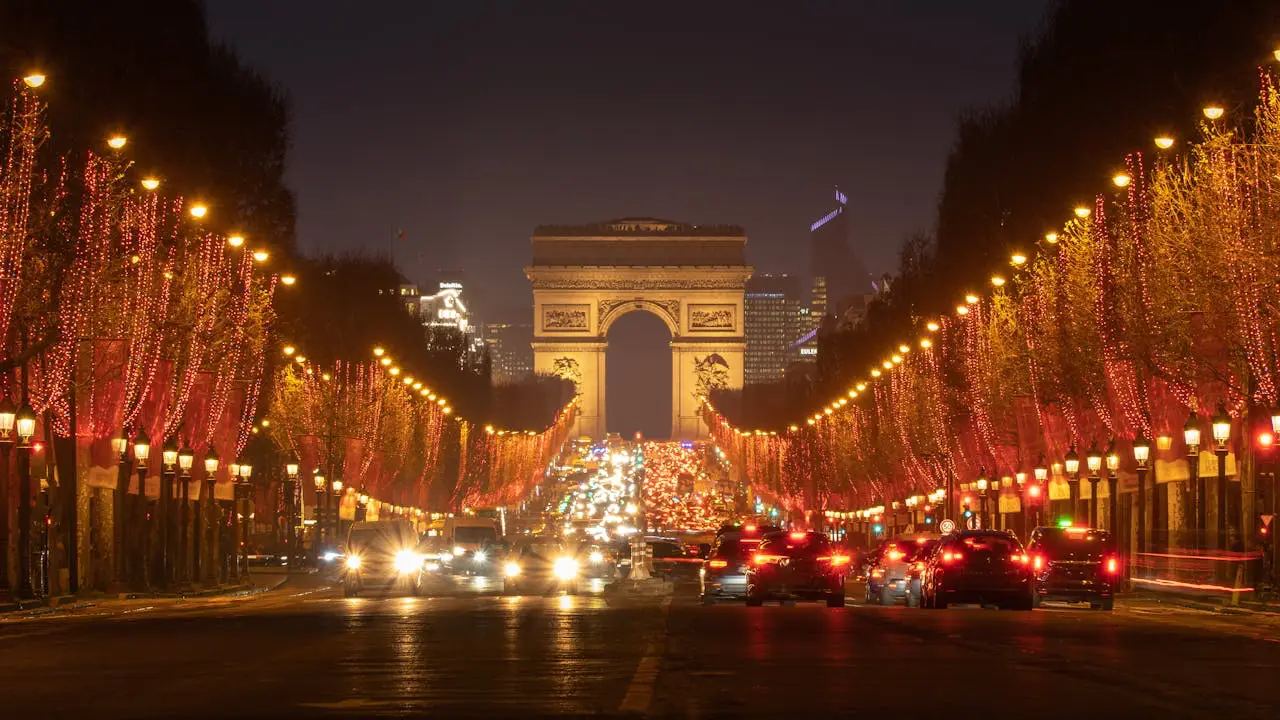The Louvre Museum, the most visited museum in the world, is set to undergo a major transformation as part of a €500 million revitalization plan.
French authorities have announced the “Louvre Renaissance” initiative, aiming to enhance the visitor experience, protect priceless artworks, and modernize the museum’s aging infrastructure. The plan, unveiled by President Emmanuel Macron, will include a new entrance, better crowd management, and a dedicated space for its most famous painting, the Mona Lisa.
With over nine million visitors per year, the Louvre has long struggled with overcrowding. The museum’s main entrance—the iconic glass pyramid designed by architect Ieoh Ming Pei—was originally built to handle just four million guests annually.
As foot traffic has more than doubled, congestion has become a major issue, affecting both visitors and the preservation of artworks. To address this, a new “simple and efficient” entrance will be constructed on the Colonnade de Perrault, on the western side of the museum. This addition aims to distribute visitors more evenly and reduce bottlenecks inside the historic building.
A New Home for the Mona Lisa
One of the most anticipated changes in the renovation project is the relocation of Leonardo da Vinci’s Mona Lisa. The painting, which attracts millions of visitors each year, currently resides in the Salle des États, often creating long lines and overcrowding. The masterpiece will be moved to a separate exhibition space, featuring its own entrance and improved conditions for a more intimate and enjoyable viewing experience.
“This new room will offer visitors a calmer, more immersive experience worthy of the Mona Lisa,” said Macron during his visit to the Louvre on January 28. The decision to relocate the artwork is part of a broader effort to improve circulation inside the museum and allow other exhibits to be appreciated without congestion.
The Cost
While the Louvre remains a global cultural landmark, its popularity has put a significant strain on the historic building. Museum officials have long warned about overcrowding, structural issues, and environmental concerns—including increased humidity and rising indoor temperatures caused by the sheer number of visitors. These conditions pose risks to both the artworks and the experience of guests.
The renovation project will focus not only on crowd control but also on the restoration and modernization of the museum’s facilities. The first phase alone is expected to cost around €100 million, with funding sourced from museum admissions, private patronage, and corporate sponsorships.
A Legacy of Evolution
The Louvre has undergone several transformations throughout its history. Originally a medieval fortress, it became a royal palace before transitioning into a public museum during the French Revolution. Its last major renovation, known as the “Grand Louvre” project under President François Mitterrand, introduced the glass pyramid in 1989, significantly altering how visitors experience the museum.
The new “Renaissance” plan marks the latest chapter in the Louvre’s evolution. While the timeline for the full renovation remains unclear, authorities emphasize that the museum will remain open throughout the transformation, allowing visitors to continue exploring its world-renowned collections.
Have you ever been to the Louvre, and will you plan to visit it again after the full renovation is completed? Waiting for your comments below.

